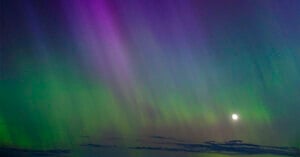
Auroras Are Possible Tonight As Far South as New York
A possible geomagnetic storm is brewing and could bring beautiful Northern Lights displays to mid-latitude parts of the United States as early as tonight.

A possible geomagnetic storm is brewing and could bring beautiful Northern Lights displays to mid-latitude parts of the United States as early as tonight.
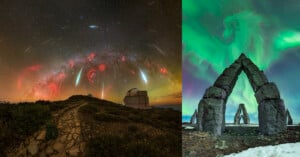
The shortlist for the Astronomy Photographer of the Year has been revealed with a hatful of spectacular celestial images picked from over 3,500 entries.
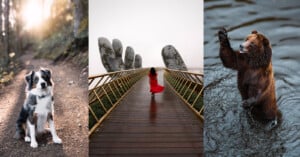
For over a decade, Tiffany Nguyen has been traveling the world documenting the landscape, adventure, and culture in some of the most photogenic places. With Adobe’s recent announcement of a number of impressive new Lightroom Firefly-powered features, Lightroom Ambassador Nguyen revisited some of her favorite photos to give them a modern, Firefly-assisted, makeover.
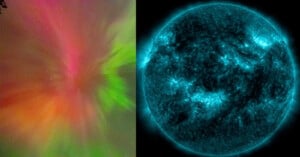
The many photos taken of the spectacular aurora lights that lit up the skies of North America and Europe last weekend will help NASA study solar storms for years to come.
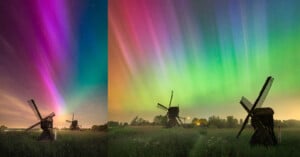
Last Friday I was able to take photos I only thought were only possible in my dreams. As a professional landscape photographer, I have seen my fair share of beautiful northern lights in the Arctic, but I’ve always dreamed of seeing a strong aurora display in the Netherlands.
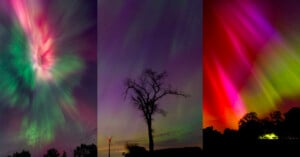
After a giant sunspot launched a series of solar storms toward Earth, photographers and general onlookers alike were greeted by supercharged aurora lights on Friday night.

Thanks to a historic geomagnetic storm last night, May 10th, people as far south as Florida had the chance to see auroras. For those who missed the dazzling light show for one reason or another, there is a second chance tonight, May 11th.
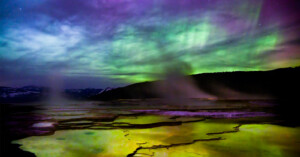
Although there is no such thing as a sure thing when it comes to dazzling aurora displays, tonight offers photographers a great chance to see the northern lights.
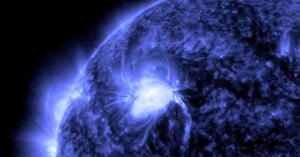
The Sun has been very active so far this month, with powerful sympathetic solar flares dazzling scientists and viewers alike and recent X-class flares making many wonder about communications network integrity. NASA's Solar Dynamics Observatory (SDO) constantly monitors the Sun and captures the recent powerful solar flares in exquisite detail across multiple wavelengths.
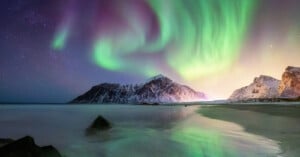
Predicting aurora activity is exceptionally challenging.
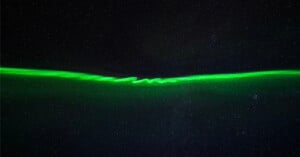
The aurora tends to show itself as shapeless illuminations that dance and swirl but one photographer in Iceland recently looked up and saw the northern lights being "curled" in a highly unusual way.
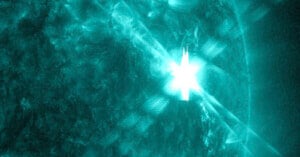
Anyone who follows the solar system closely will know the Sun is extremely active at the moment and video has emerged of a huge explosion on the surface that has already affected radio communications on Earth.
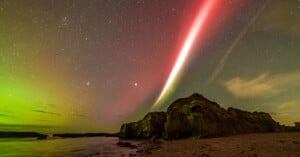
British photographer Stephen Pemberton, who goes by NorthernPixl, has demonstrated how determination, preparation, and good luck can result in beautiful night sky photographs. When photographing auroras in early November, the photographer was treated to a rare night sky phenomenon called STEVE.
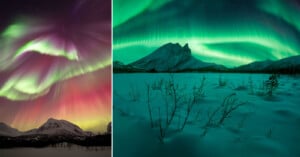
Capture the Atlas revealed the winners of its annual Northern Lights Photographer of the Year competition, showcasing the year's best aurora borealis or australis photos.
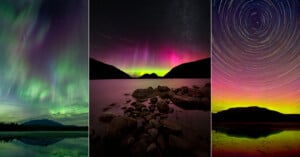
Thanks to a powerful solar storm, photographers at high latitudes may be treated to fantastic northern lights displays tonight in the United States and Canada.
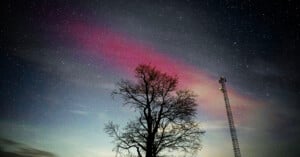
A photographer captured a rare Stable Auroral Red (SAR) during a night of geomagnetic activity above the Canadian skies.
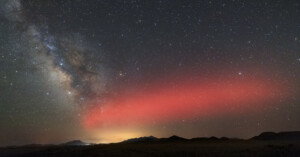
A photographer captured a SpaceX rocket leaving behind an aurora-like red glow after it punched a hole in the ionosphere.
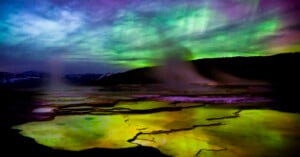
A solar storm forecast to take place on Thursday is set to bring the aurora borealis, or Northern Lights, into the sky of 17 states as it dips much farther south than is typical.
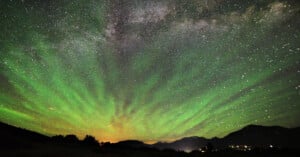
Colorado-based photographer Aaron Watson captured an incredible photo of vibrant green streaks in the night sky near his home in the West Elk Mountains late on June 21 and early in the morning on June 22.
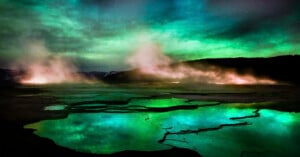
I had never seen the Northern Lights until this past April 23rd when some serious luck was on my side: I was at Yellowstone National Park with Geoff Coalter, from Nikon, the night before a shoot I was producing for PetaPixel.
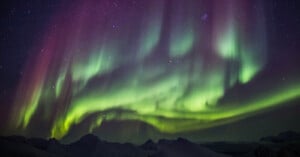
Aurora-chasing photographers may want to pay attention this week after the Sun emitted a powerful solar storm directly at Earth.
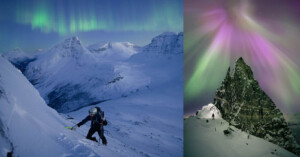
On March 23rd, 2023, Earth got hit by the strongest geomagnetic storm in six years. I was out executing my unique aurora shot of the year, titled The Platform.
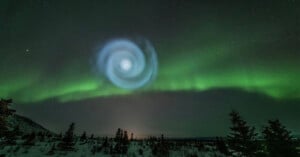
A photographer out capturing the aurora lights over Alaska on Saturday night was dumbfounded when a giant blue spiral appeared above him.
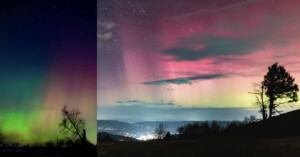
An intense electromagnetic storm created an awesome show of northern lights as far south as Arizona last week piquing the interest of photographers across North America.
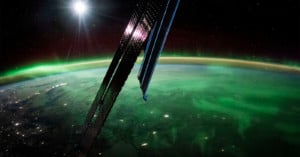
Astronaut Josh Cassada captured this incredible photo of the aurora borealis this week from his perspective on the International Space Station (ISS), which gives some perspective of just how huge the phenomenon was.
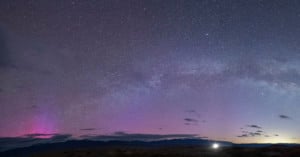
A photographer was shocked to capture the northern lights as far south as she was in Death Valley, California.
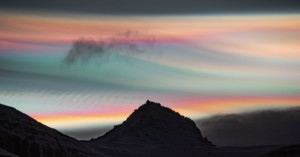
A photographer captured a rare and colorful nacreous cloud in the arctic stratosphere yesterday that are sometimes mistaken for the aurora lights.
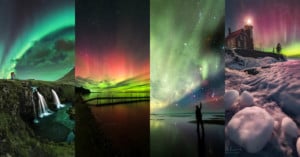
One of the gorgeous niches of nighttime landscape imaging is aurora photography, which shows the dazzling natural light shows seen in the sky when charged particles from the Sun ripple across Earth's magnetic field.
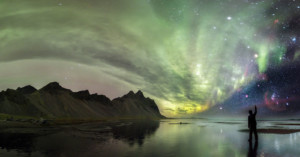
A photographer captured the aurora lights and details from the Orion constellation that have never been captured in the same image before.
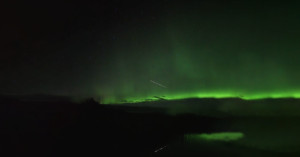
Starlink satellites are normally invisible to the eye but photographer and aurora tour guide Ronn Murray captured 49 of them as they sailed through the beautiful northern lights in Alaska.